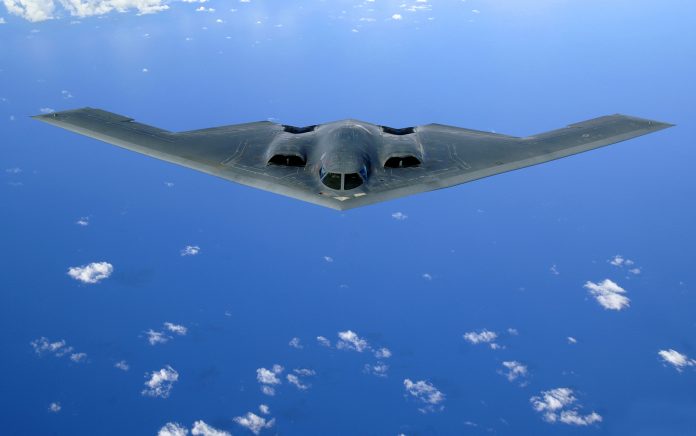
While the world focuses on the Democratic People’s Republic of Korea (DPRK) over the latter’s nuclear and ballistic missile development programmes, it is worth remembering that the primary difficulty in launching a disabling attack on the Hermit Kingdom is not its nascent nuclear arsenal.

Whilst the DPRK is thought to possess a small number of functional nuclear warheads, it has yet to demonstrate that it has successfully mastered the technology to detonate anything more sophisticated than 1950s-esque fission devices in the kiloton (one kiloton is equivalent to one thousand tonnes of conventional explosive) range under controlled laboratory-style conditions. The most recent test to this effect occurred on 9th September 2016, when a device thought to have produced a yield between 20 kilotons (kt) and 30kt was detonated underground at the Punggye-ri Test Site in the northeast of the DPRK.
It is unlikely that the country has the capability to deliver such a weapon against the Republic of Korea (ROK) with any reliability, and sneaking one past the Demilitarised Zone (DMZ), the de facto border between the ROK and DPRK is also a tall order given the strength of the border defences on both sides, and the size and complexity of these primitive nuclear devices.
The administration of President Donald Trump is probably correct in stating that the US military has sufficiently potent conventional capabilities to disable the DPRK’s nuclear apparatus in a pre-emptive strike. Low observable aircraft such as the mighty Northrop Grumman B-2A Spirit strategic bomber which can carry the GBU-57A/B Massive Ordinance Penetrator 30000 pound (13636.4 kilogram) air-to-ground munition, barrages of cruise missiles, formidable special forces and powerful cyber capabilities could all wreak havoc on the DPRK’s nuclear command and control, as well as potential delivery options available to the country in the form of its ballistic missiles. What the might of the US and ROK militaries cannot disable in the case of hostilities, however, is the mass of emplaced and concealed DPRK heavy artillery within range of Seoul.
Whilst the vast majority of the DPRK’s huge artillery arsenal cannot reach the ROK capital, even from the nearest sectors of the DMZ, some five hundred M-1978 Koksan 170mm self-propelled guns and around two hundred 240mm multiple rocket launchers, are estimated to be able to hit at least parts of the capital. Most of them operate from concealed hardened artillery positions with tunnels and ammunition storage held underground, according to open sources. It would take even the US military up to a week to destroy the majority of these sites according to even the most optimistic scenario modelling performed by the Nautilus Institute, a California-based think tank. The prospect of heavy artillery and rocket artillery raining down on one of the most densely populated cities in the world, albeit one that has large-scale underground shelter provision for after the initial shock salvos, is what really should give the US administration pause for thought before rolling the dice on a war to remove the murderous yet shrewd and calculating Kim regime from the helm of the DPRK.












